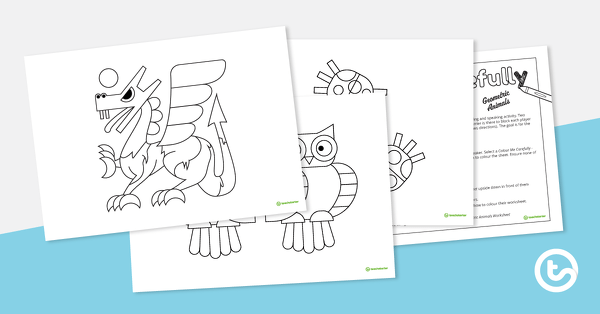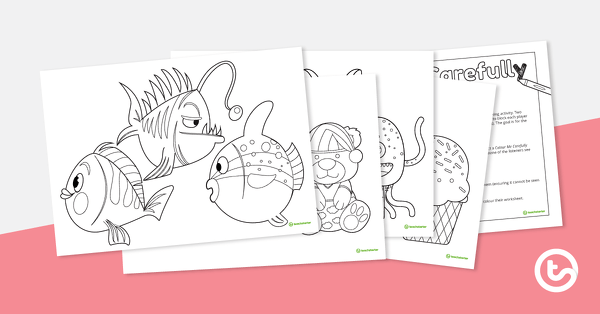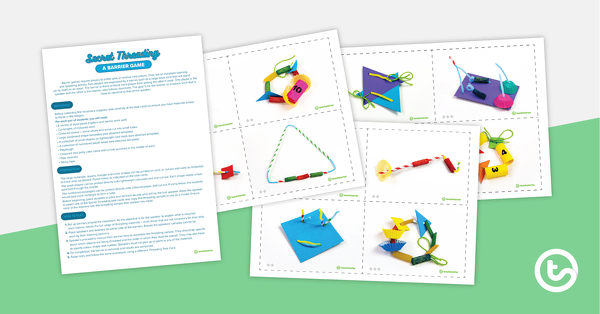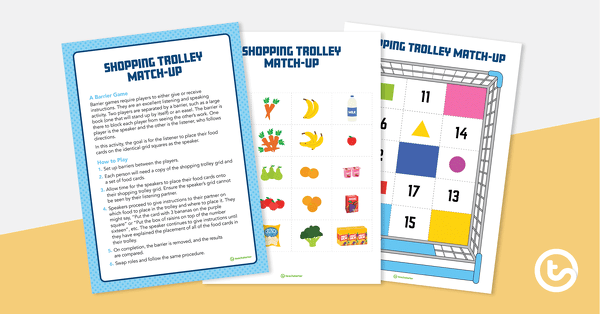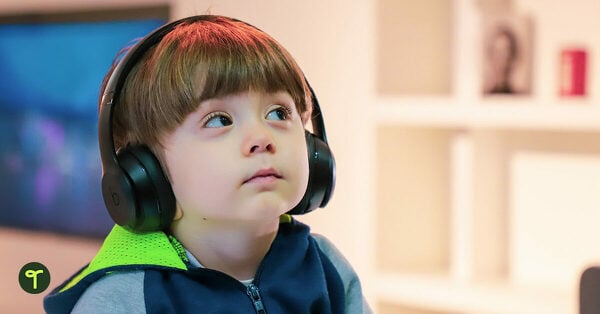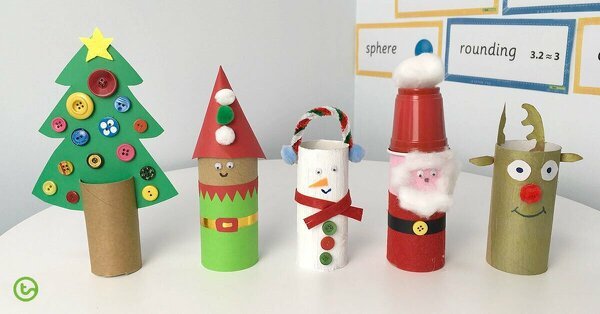When young children begin formal schooling, it can be super easy to jump straight into the learning of graphemes and phonics. The school year goes by so quickly that starting the reading and spelling journey is a teacher’s number one priority. However, a child’s phonemic awareness can often get overlooked, or a presumption made that they already have this awareness. It’s important to point out that the terms phonics and phonemic awareness are not the same. Phonemic awareness is 100% auditory and it is all about the speech sounds, whereas phonics is more about the graphemes and the letters on the page.
当您通过此博客阅读时,您会注意到所建议的每项活动都与孩子的听力技巧和/或音素操纵有关。请记住,音素是用英语发表的语音。
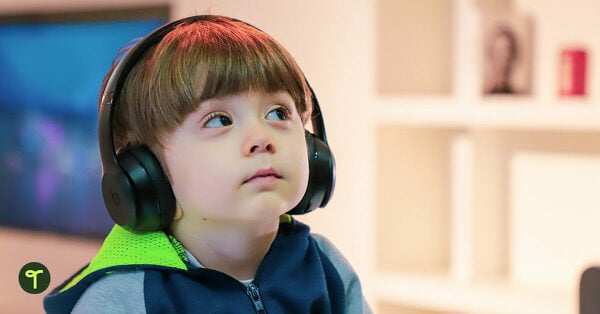
Phonemic Awareness Listening Activities
We’ve written about the importance of explicitly teaching speaking and listening skills to children before in our blog –10 Activities for Developing the Skills of Speaking and Listening。而且,倾听的能力也是音素意识的重要组成部分。以下是一些出色的听力活动,您可以在年初与学生一起进行,以了解他们的听力。最好的部分listening activitiesis they are heaps of fun and students won’t even feel like they are being tested!
听声音
Students listen (with closed eyes) for any sounds they can hear for a few minutes. The teacher lists them. Could also make an audio recording. Try in different locations.
声音序列
Eyes closed. The teacher makes a single sound, e.g. blowing, tapping a wall, etc. Students identify the sound. Then move to sequences of 2 sounds. They have to identify in the correct order. Move to 3 sounds that they identify in order. Repeat a sequence of sounds but warn them that one sound is going to be missing – they identify the missing sound. This is getting them ready to listen to phonemes in words and that ability to manipulate and identify each phoneme.
Where’s that Sound?
Students sit in a circle, one child is chosen to be the listener. They sit in middle with blindfolds on. Another child is chosen to go somewhere else in the room and make a noise, the listener has to describe where they are in the room and how they’re making the noise.
Multiple Instructions
Make a game of this. One student is chosen to do actions. Teacher says the complete instructions once and the student has to perform, e.g. “Hop to the door, say ‘Boo!”, then walk 3 steps back.” The rest of the class also listens to the instructions and gives thumbs up or down to judge how the student performed.
Identifying Words
Use a rhyme they know well, e.g. Hickory Dickory Dock. Focusing on the second line (the mouse ran up the clock), work out together how many words there are (6). Allocate one child to each word. This is their word. Stand these children up facing class in a line and ask each person to say their word (so the class is reading from left to right of course). Then get them to call out their words from right to left. Also, try jumbling them. Remove a word etc.
Barrier Games
Play a barrier game with your students. The players are separated by a barrier. There is a speaker and a listener. Prior to beginning the game, the speaker colored their sheet. During the game, the speaker gives precise instructions to the listener who just listens carefully and colours accordingly. The goal is for the listener to produce work which is close to being identical to that of the speaker. This can be done with activities other than colouring, too:
Phonemic Awareness Activities (By Skill)
To make it easier for teachers, we decided to unpack 8 of the most crucial phonemic awareness skills that young children need to master so that they can be set up for success when it comes to spelling and reading. Each of these skills outlined also includes some suggested questions and phonemic awareness activities that you could do with your students.
Phoneme Isolation and Identification
我们一起弹出了这两种技能,因为它们齐头并进。音素隔离技能是学生可以在单词中识别特定音素的地方。例如,单词开始时的声音,单词的中间和单词的结尾。对于初学者,这些是单音节词。
您可能会问您的学生以下一些问题:
- What is the first sound in pig?
- What is the last sound in pig?
- What is the middle sound in pig?
与音素identification skills, students can recognise the same sounds across multiple words, or they can identify a focus phoneme in multiple words.
Here are some questions you may ask your students for this skill:
- Which word starts with the ‘m’ sound – cat, fat, mat?
- 这些单词有什么相同的东西 - 妈妈,垫子,拖把?
Phoneme Isolation and Identification Activity Ideas
- Use theseCVC cards(don’t use the letter cards provided). These are great as they provide a visual box for the students to point to and identify each of the sounds. You could have them pop in a counter for each of the phonemes too. For example, using the bat card, you could say – ‘What can you see?’ ‘Yes, it’s a bat!’ ‘What is the first sound in the word bat?’ ‘What is the last sound in the word bat?’ ‘What is the second sound in the word bat?’
- Use ourbeginning sounds sorting activity。在这项活动中,孩子需要识别单词开头的声音。但是,您也可以轻松地调整此资源以专注于中间和最终声音!
- Stand up, Sit Down activity. Students simply sit in their seats. As the teacher, you provide them with the focus phoneme and they must stand up when they hear that phoneme at the start of a word that you say to them – this is a very quick way to determine which students are able to identify phonemes.
Phoneme Categorisation
With the phoneme categorisation skill, students have the ability to match sounds or identify and recognise a phoneme that doesn’t belong.
您可能会对孩子说 - 哪个词不属于 - 狗,爸爸,地毯?
Phoneme Categorisation Activity Ideas
- 从上述resou使用图片卡rces, this activity is perfect for a small group. Set up three baskets, you might like to put 1,2,3 on each basket to imply the ‘first’ sound, ‘second’ sound and ‘last’ sound in a word. Provide a focus phoneme such as ‘d’. Students then pick up a picture card and identify the ‘d’ sound and throw a beanbag in the correct basket. So, for the word ‘dog’ the students would throw the beanbag into the first basket. So they are identifying and sorting the picture cards based on where they can hear the ‘d’ sound.
- Simply provide three picture cards and ask the students to say what they can see. They then need to put a marker on the word that doesn’t belong.
- Turn it into an active game. Pop three hula hoops on the carpet. Tell the students you are going to say three words and they need to jump into the hula hoop of the word that doesn’t match the others. You could use visuals for this and pop a picture card into each hula hoop or you could just say the three words to the students.
Phoneme Segmentation and Blending
我们已经将这两种技能弹出在一起,因为从本质上讲,您希望学生能够将一个单词分为单个的音素,然后将这些音素融合在一起说单词。大多数时候,我会让学生一起练习这些技能。请记住,这仍然是语音意识的听觉,但是您仍然可以使用图片卡并利用这些技能的多感官活动。
You might say to a child:
- What word am I saying /m/ /a/ /t/?
- How many sounds can you hear in mat?
Phoneme Segmenting and Blending Activity Ideas
- A simple activity is using playdough and picture cards. Place a picture card in front of your students and ask them what they see – it may be a bat. Ask them, how many sounds can you hear in bat? Then have them create three playdough balls. Have them squash the balls as the segment the word /b/ /a/ /t/. Then have them roll those ‘squashed’ balls together to blend the phonemes together again.
- If you have car lovers in your class – you can do a similar thing with a car. The car stops for each sound, but keeps driving when they are blending it together.
- Turn it into an active game with some hula hoops and a strip of masking tape on the ground. Have students jump to segment the sounds in a word. Then walk across the tape when they are blending the phonemes together.

Shutterstock.com / Calvin Chan
Phoneme Deletion
Phoneme deletion is a skill that involves students manipulating spoken words by deleting specific phonemes.
You may ask your students the following:
- Say cat – now say cat without the /c/ sound.
- 说火花 - 现在说没有 /s /。
音素删除活动想法
- Using picture cards, hold a card and ask the students to say the word without the first sound. For example, if you are holding up a picture of a cat, the students would say ‘at’. You can then do this but with the final sound in words.
- Feed the puppet activity. Using a puppet with a mouth. Using blocks to represent the sounds in words. You could say the puppet is wanting to eat the /m/ sound today. Use the blocks and say a word that has the /m/ at the start or the end such as mat. Show the students the blocks for the sounds /m/ /a/ /t/. Which block will I feed the puppet today? Have a volunteer put the block in the puppet’s mouth and then ask what is the word now? Students would then say ‘at’.
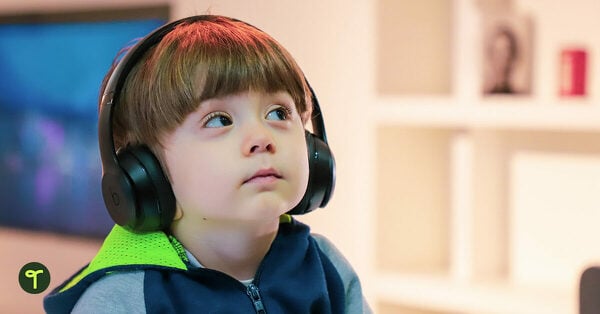
Shutterstock.com / Rawpixel.com
Phoneme Addition
Phoneme addition involves adding a phoneme to a word to make a new word. For example, add /s/ to the beginning of the word park. What word do you have now?
Phoneme Addition Activities
- Use picture cards and hold up objects that can have phonemes added to their words. For example, hold up a picture of a pot and ask your students what is the new word if I add ‘s’ to the start of the word pot, /s/ /pot/. You can keep doing this with a variety of images.
- Use书籍创作者to add images to a slide, record your voice saying each of the objects and then have students add a chosen phoneme to each of the words. Students can record their new words next to the old words. This also benefits the teacher as you can go back and listen and see how each student went.
Phoneme Substitution
音素替代涉及学生通过将某些音素替换为他人来操纵口语。由于学生需要完成多个步骤以获取新单词,因此通常被描述为最难的音素意识技能之一。这就是为什么它通常是最后一项技能之一,因为学生需要首先能够进行音调和删除技能。
In this skill you may say:
- What word do we have if we change the /c/ sound to /r/ sound in cat?
- 如果我们将 / d / sound更改为狗中的 / l /声音,我们会有什么词?
Phoneme Substitution Activities
- 使用纯色的纸进行此活动。首先,您需要三张相同的彩色卡并显示它们,以便学生可以看到(袖珍图表效果很好)。当学生帮助您细分一个给定的单词时,请点击每张卡 - 假设“帽子”。当您分割单词 /h / /a / /t /时,多次触摸索引卡。现在,您将“切碎”它 - 通常在这里像空手道章这样的手信号在这里效果很好。您将删除第一张卡,并在同一位置添加不同的彩色卡。这是您给他们新声音的地方。假设 /m /。然后将这些音素混合在一起,以获取新单词“垫子”。
- Repeat above but do it with counters.
You might like to check out ourPhonological Awareness Diagnostic Toolas well to get an idea of how your students are going with their overall phonemic awareness. Although this focuses on the overarching term of phonological awareness – there are many phonemic awareness tasks that would be suitable.



